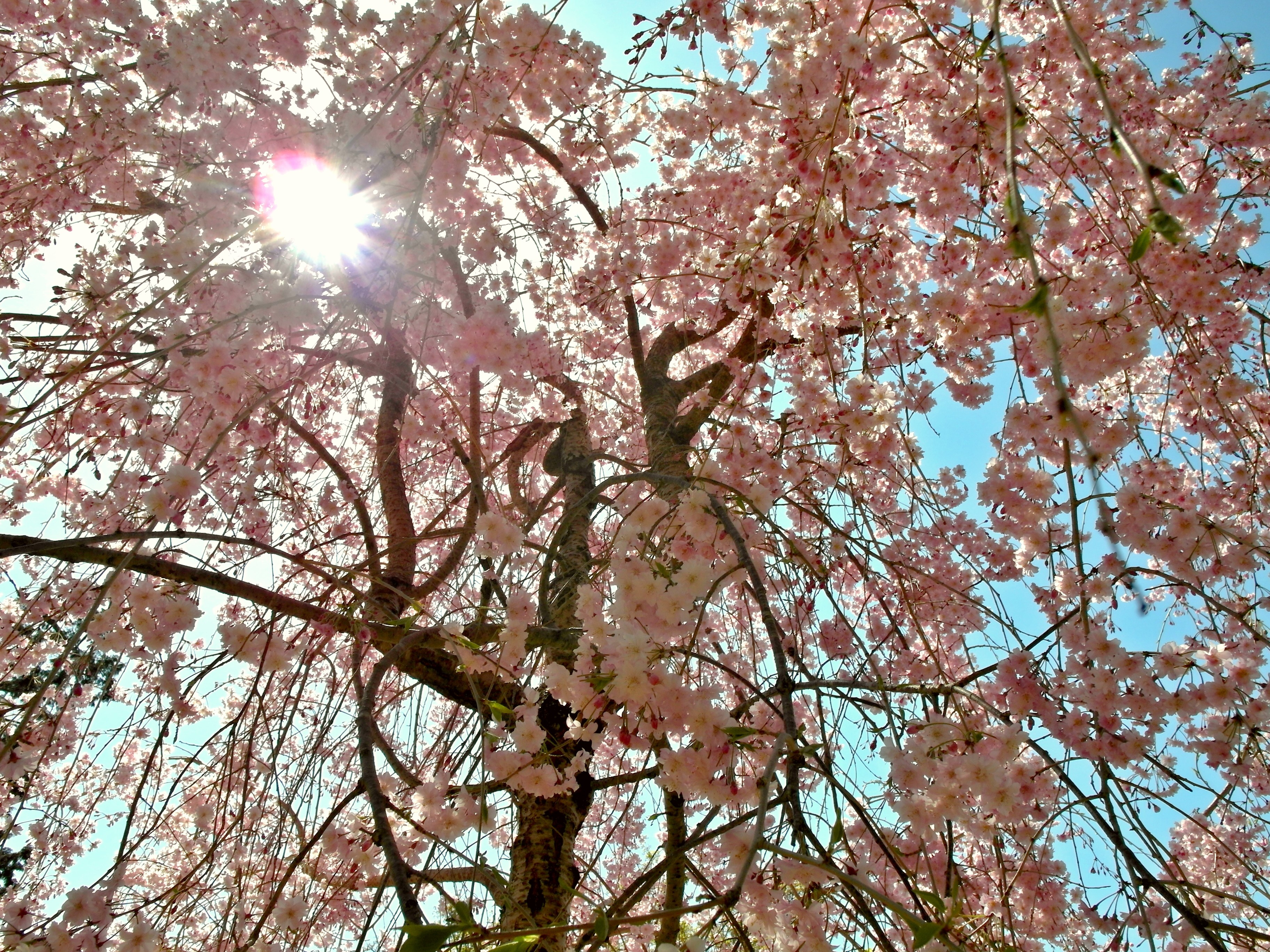Shochu or soju? How do they differ, and which ‘burned alcohol’ is older?

While most soju allows the addition of flavouring, sweeteners and MSG, the rules for shochu are much stricter
With a plate of sashimi, a glass of rice shochu from Kumamoto, subtly floral and elegant, would make a fitting pairing. The flavours would complement each other beautifully and both shochu and sashimi are, of course, Japanese classics. Or are they?
While many diners associate shochu with Japan, it originates in Korea where it is called soju.
“Shochu and soju have many similarities but it is their more recent histories that set them apart,” says Elliot Faber, beverage director for Yardbird, Ronin and Sunday’s Spirits, and co-founder of Sake Central, a bar and retail space celebrating Japanese food and beverage culture.
“The etymology of their names are the same: the ‘so’ in soju and ‘sho’ in shochu both mean ‘burn’ or ‘burned’; the ‘ju’ in soju and the ‘chu’ in shochu both mean alcohol. This ‘burned alcohol’ is a reference to a distillation process that both products have in common. However, this technique was developed in Korea in the 13th century, and it didn’t appear in Japan until the 16th century.”
Both soju and shochu are made from a base of fermented ingredients, often grain, such as rice or barley. But they can also be made from buckwheat, sweet potatoes, or, in the case of shochu, even chestnuts, wasabi, shiso or soba.
While most soju allows the addition of flavouring, sweeteners and MSG, the rules for shochu are much stricter: it has an array of controlled appellations (similar to those of the Champagne region of France) that protect the authenticity and identity of different shochu varieties across Japan.








